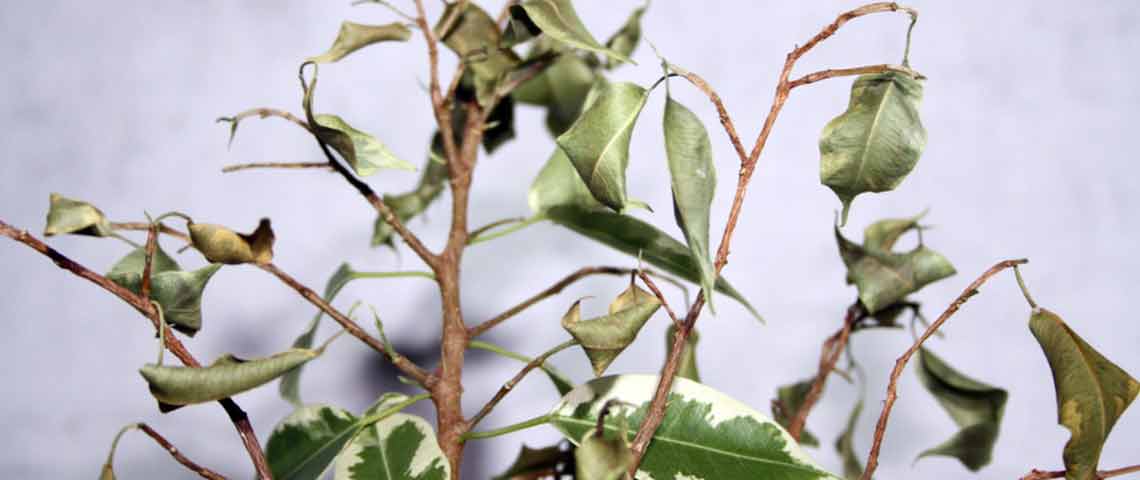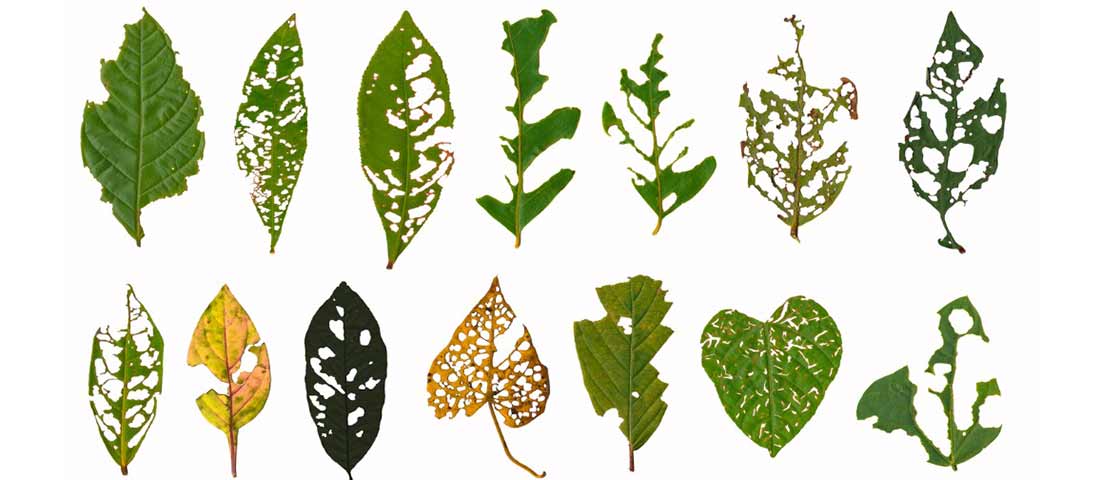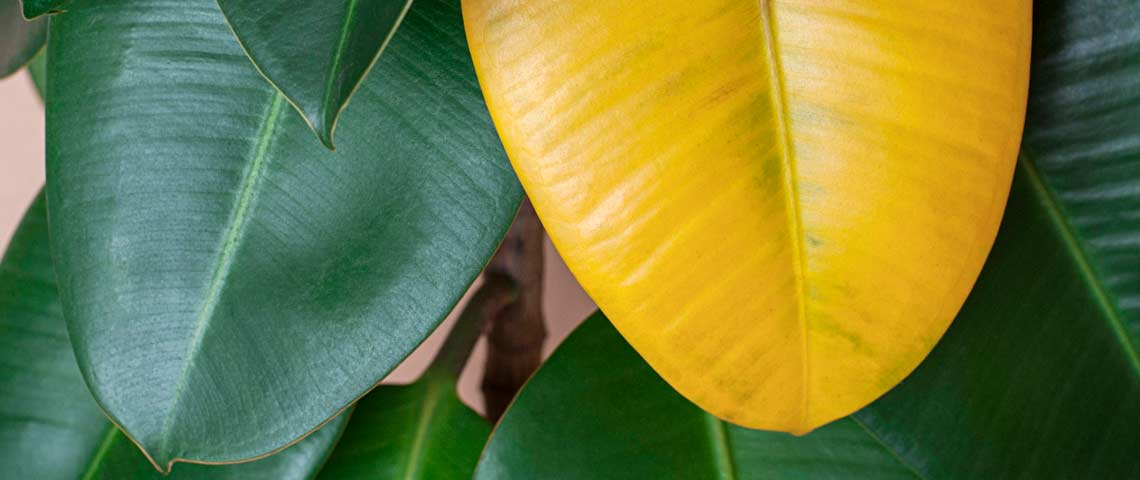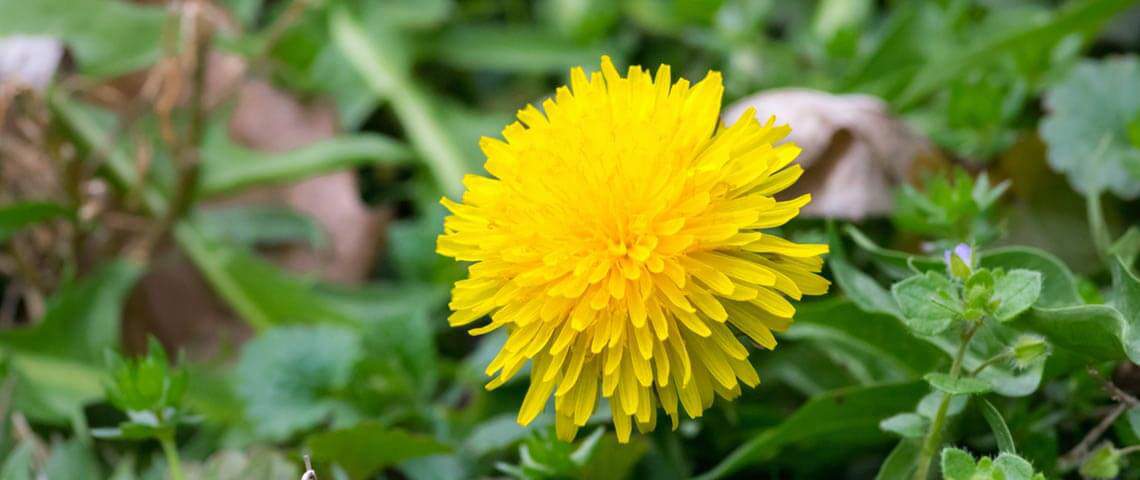Why Is My Plant Dropping Leaves
When autumn rolls around, many trees and plants naturally drop their leaves. But when falling leaves happen to your indoor houseplants, something more distressing is underway. Unnatural leaf loss on plants can trace back to several causes. By learning to understand these five common reasons behind leaf loss, you can put an end to dropping leaves for good.
1. Plant Shock
Abrupt changes in a plant's environment can cause sudden leaf loss. Many kinds of plants, including fiddle leaf figs, weeping ficus trees, rubber plants and crotons, are very sensitive to change. The shock of moving from one part of your house to another can make some plants quickly shed leaves. That's one reason to always let plants gradually acclimate to new conditions.
If your plant dropped its leaves suddenly, consider what has changed. Hurried shifts in location, lighting, temperature, wind and humidity can all cause leaf drop. Seasonal changes in heating duct use or drafts from fans or air conditioning indoors can do the same. So can playing pets and kids. If you repotted your plant recently, transplant shock could be involved. Pennington Plant Starter at planting time reduces transplant shock and helps keep leaves where they belong.
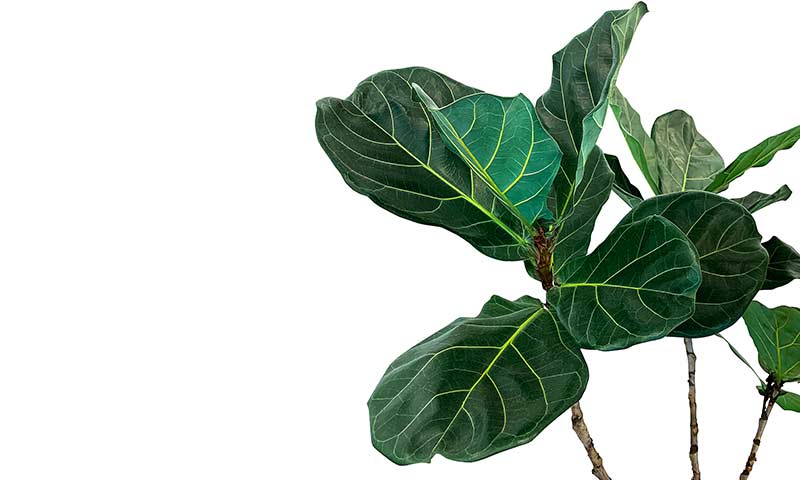
Plants in the Ficus or fig family often drop their leaves from sudden changes.
2.Improper Watering
Overwatering and underwatering can both cause leaves to drop from plants. When improper watering is to blame, leaf drop rarely happens suddenly. Plants give plenty of signals that a problem is building. With overwatering, you may see plant leaves turn yellow first. If overly wet soil leads to root rot, leaves may turn soft and black. When plants are underwatered, leaves can turn brown and look scorched before they fall. Some plants are prone to drop leaves when stressed by water problems. These include Christmas cactus, jade plants, indoor lemon trees, and Schefflera or umbrella plants.
Take the guesswork out of getting water right, and match your watering to the plants you grow. If you grow drought-tolerant succulents, they'll do best when soil dries out slightly between waterings. Most garden centers and online retailers offer inexpensive moisture meters that tell you whether soil at root level is wet or dry. You can also go low-tech and test the soil with your finger. If the soil feels cool and moist a finger's length down, don't water. If it feels dry, give your plant the drink it needs.

Water stress can cause plant leaves to turn yellow and drop.
3.Poor Nutrition
Plants are a lot like people when it comes to nutrition: If they don't get the essential nutrients they need, it starts to show. For people, it may reflect in hair and skin. For plants, it shows first in leaves. Symptoms vary depending on which nutrients are in short supply. Some nutrient deficiencies cause leaves to turn completely pale. Others cause predictable leaf patterns of yellow, brown or purple-red. Don't be tempted to overfeed; that can cause leaf damage and eventual leaf drop, too.
By feeding your plants quality plant food, you can protect against leaf loss due to poor nutrition. Pennington Rejuvenate Plant Food All Purpose 4-4-4 at planting time and throughout the season feeds your plants a specially formulated blend of essential nutrients to promote vigor and growth. Pennington Epsom Salt helps prevent yellow leaves due to magnesium or sulfur deficiencies. And OMRI-listed Alaska Fish Fertilizer 5-1-1 provides a gentle dose of natural-based nutrition to boost indoor plants all year.

Nutrient deficiencies can discolor leaves and lead to premature leaf loss.
4.Insect Pests
Insect problems that lead to leaf loss tend to build over time and provide plenty of clues as they do. Some pests leave obvious damage, including distinctive holes in plant leaves, but others are more subtle. Small insects may hide and feed on the undersides of leaves, causing foliage to wilt, curl, discolor or drop. Always check fallen plant leaves thoroughly. Look for signs of moving pests, small seeping holes or debris left behind by molting insects.
To get insect-stricken plants back on track, treat with a broad-spectrum insecticide that handles a wide range of insect pests. Always bring houseplants outdoors for insect treatments, then let products dry before returning plants to your home. Sevin Ready to Use2 is ideal for spot-treating individual plants. For larger plants or garden areas, turn to Sevin Insect Killer Concentrate or Sevin Insect Killer Ready to Spray to kill and protect against pests.

Damage from insects and pests can cause plants to shed their leaves.
5. Plant Diseases
Leaf drop due to plant disease is a lot like insect problems. Diseases can move and spread quickly, but they give plenty of warning before leaves begin to fall. Fungal diseases manifest in many different ways. Sometimes it's through white stuff on plant leaves. Other times, you may see spots on plant leaves or leaves that turn yellow or brown before they drop.
As with insects, examine leaves closely for signs of disease. A magnifying glass can help you see fungal growth on leaf surfaces or leaf spots. Prevention and quick action are essential to stop disease from spreading. Daconil Fungicide Ready to Use and Daconil Fungicide Concentrate provide three-way protection to prevent, stop and control more than 65 plant diseases. They even stand up to rain outdoors. Always take houseplants outside for disease treatments, then bring them back indoors when sprays dry.
By understanding why plants drop their leaves, you can take action to stop and prevent leaf loss. Pennington is here to help you succeed. With premium plant care products and timely email tips, you can get your plants back on the path to good health and beautiful, lasting leaves.
Always read product labels thoroughly and follow instructions, including guidelines for pre-harvest intervals (PHI) and application frequency.

